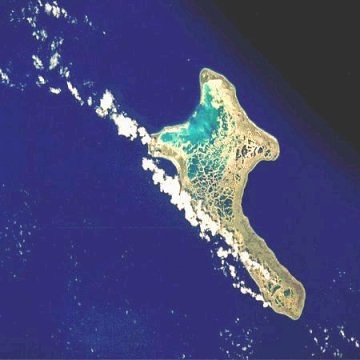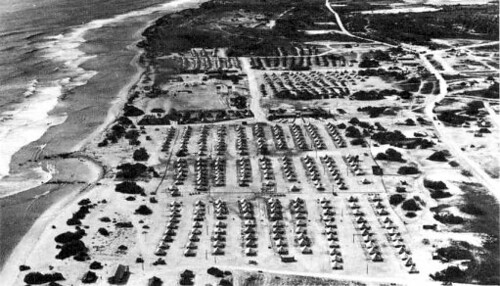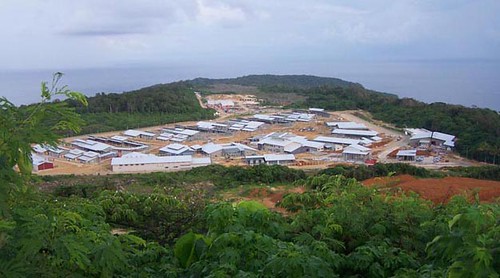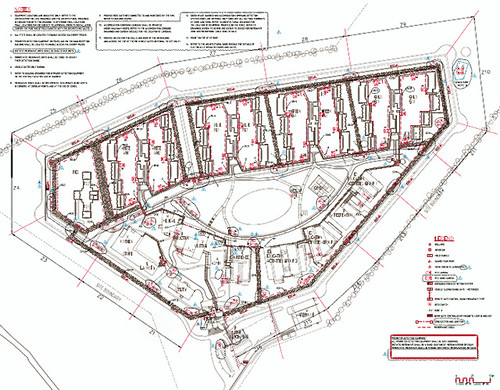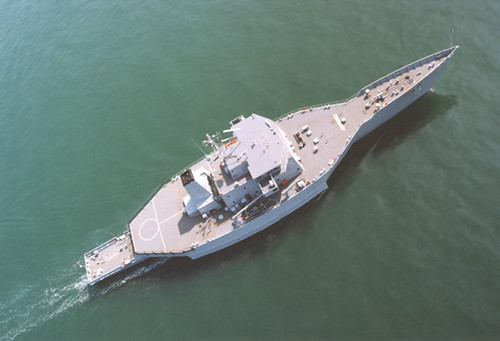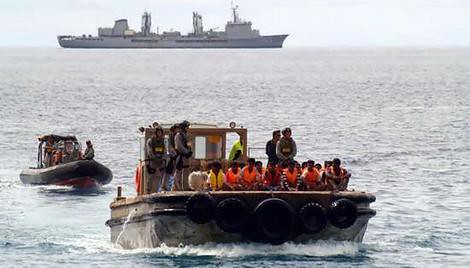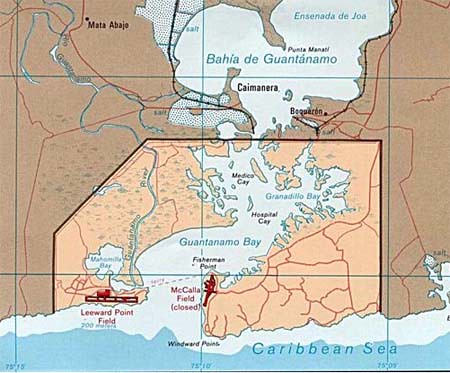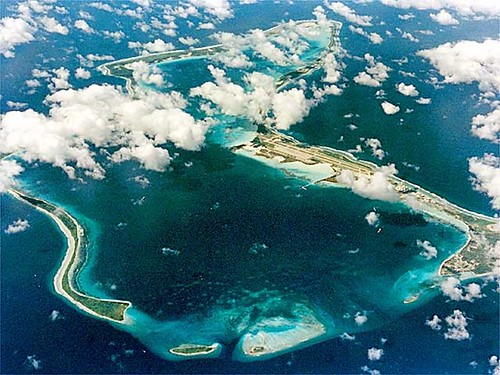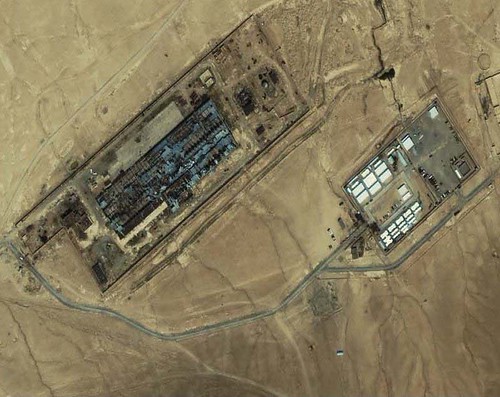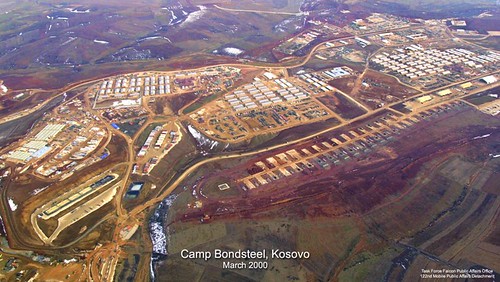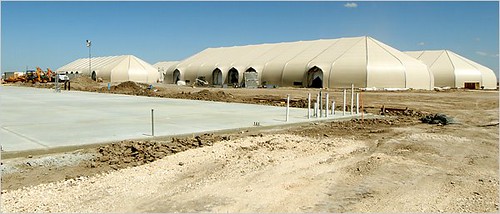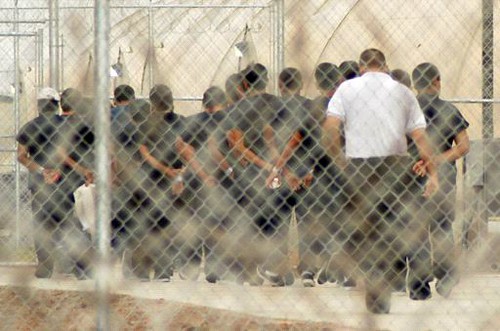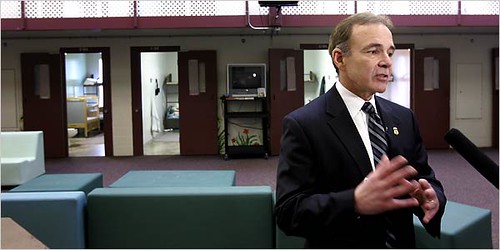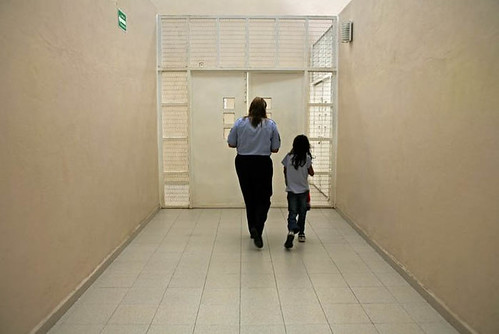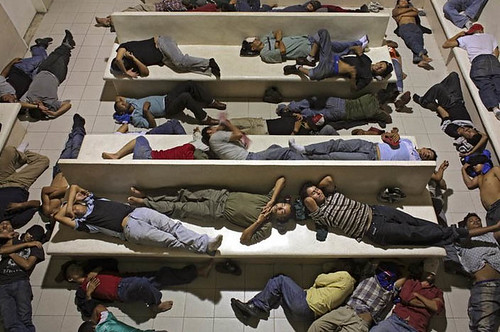Towards a New Visualization of Secrecy?

If you are in or near Amsterdam come the end of March, I would encourage you to sign up for this conference, Towards a New Visualization of Secrecy? Representations of Secrecy within Contemporary Terrorism and Counterterrorism.
The conference explores theoretically as well as visually the emergence of new phenomena of secrecy within transnational terrorist and counterterrorist networks. Since 9/11 and in the aftermath of the wars in Afghanistan and Iraq worldwide clandestine operations have increasingly been undertaken by terrorist and counterterrorist networks. Conflicts are on the whole no longer fought in public, but rather in concealment. In the present ‘state of exception’, the ‘war on terrorism’ has been waged in a symbolic realm consisting of global ‘cobwebs’ of names, actions and locations. This conference addresses the question as to whether the increasing awareness of hitherto invisible contemporary terrorist and counterterrorist actions has produced a new ‘visualization’ of secrecy. Intending to offer a cross-disciplinary and experimental platform to negotiate new and critical positions this conference will question the extent to which both antagonists use secrecy as a strategy in an asymmetrical global warfare. The conference participants, coming from diverse backgrounds such as academia, human rights activism, new media, visual arts, and politics will debate on the strategic and visual aspects of these new forms of secrecy.
Sounds excellent. Speakers include: Tariq Ali, Albert Benschop, Kathalijne Buitenweg, Jordan Crandall, James Der Derian, Meta Haven: Design Research, Buro Jansen & Janssen, Nicholas Mirzoeff, Naeem Mohaiemen, and Trevor Paglen. And they will discuss:
new forms of secrecy within transnational terrorism
The Internet has become the virtual database and training camp through which Al Qaeda as umbrella organization keeps its message alive, holding a powerful grip while remaining in secrecy. As quasi ‘open universities’ of violence and spectacle, the dynamic cell structure of the multi- and transnational terrorist alliances, affiliations of semi-independent cells and loosely interconnected jihadi groups have presented themselves as invisible and ‘spaceless’ enemies. Concealed spaces of terror are dispersed in cyberspace through chat rooms, online broadcasts, virtual handbooks on training and combat methods as well as in homes, sleeper cells, or training camps. As the most powerful tool of terrorism and global jihad (by visualizing atrocities and concealing logistical, financial and communication structures), the Internet has been used by Al Qaeda and other jihadi networks to conduct a sophisticated form of psychological warfare, that serves to gather information, to train, to fundraise, to propagate ideology, to recruit and network, to plan and coordinate terrorist acts worldwide.
new forms of secrecy within counterterrorism
Guantánamo, more than an American prison camp in Cuba, is an icon of lawlessness that has functioned as a kind of synecdoche standing in for the other known and unknown (secret) ‘rendition’ programmes all over the world. Recent investigations by the European Parliament’s Temporary Committee on the alleged use of European countries by the CIA for the transport and illegal detention of prisoners confirmed that several governmental organizations as well as individuals attempting to counteract terrorism simply wish to remain unseen. As a multifaceted image of today’s ‘state of exception’, they embrace a wide-reaching system of ‘black sites’ or so-called ghost prisons (‘ghost planes’, ‘ghost ships’, etc.) in which numerous persons have been illegally detained and secretly transported to third countries, where they have suffered human rights abuses including torture.
a new visualization of secrecy?
The conference aims at pinpointing the rising global ‘states of secrecy’ as well as the multifaceted, twisted meanings they engender. A veil of secrecy has always surrounded the shadowy world of intelligence agencies and their opponents, the terrorist alliances. However, in our present day, their transnational nature, infrastructure, and methods of operation, including the virtual realm, have undergone a definite metamorphosis. Secrecy has taken on new dimensions on both sides as revealed persons, locations, and actions (such as the Hofstad Network, Azzam.com, Osama bin Laden, Khalid Sheikh Mohammed, Guantánamo Bay Camp, Bagram Airbase, USS Bataan, Aero Contractors, Khaled El-Masri, Murat Kurnaz, etc.) provide incontestable evidence. At the same time these clandestine operations, locations and networks have become a matter of public interest. As a result, new phenomena of secrecy have been made visible for a larger audience and a new ‘visualization’ of secrecy emerged: the secret became public.
questions
In response to changes in the realm of information technology and global security, what exactly happened when ‘networks of terror’ and ‘networks against terror’ met the ‘network society’?
Do global ‘states of secrecy’ emerge with the prevailing ‘state of exception’ or are they a consequence of these?
In this battle space of representation and information, is this an American, European, Western, or universal war of secrecy that is primarily fought in secret and by secrecy? And how, after all, do you fight a war against an enemy you cannot see, on a battleground you cannot touch?
Can we speak of an archipelago of disclosed and undisclosed sites that have become visible as a global ‘cobweb’ of names, operations and locations?
Is the invisibility of these phenomena promoting a potential for a new visibility of a per definition non-representational nature, the intelligence services and their growing enemies, the terrorist alliances?
How are terror and counterterrorist networks visualized? How can we locate and visualize their clandestine operations and network structures, both on a real and virtual level? And how does the visualization of these networks correlate to an operational strategy of symbolic violence, coercive intimidation and political fear?
Can we argue that the representation of these publicly exposed phenomena of secrecy produces a new visibility of secrecy? Can we therefore speak of a new visualization of secrecy that began camouflaging unlawful activities?
What is still secret about them if they are already known and discussed at conferences, like this one?
The conference will be moderated by Brian Holmes and David Campbell, and is being jointly organized by Tina Clausmeyer and the Jan van Eyck Academie in cooperation with the Stedelijk Museum CS, and will take place March 24, 2007.
Seriously, if you have any chance, be sure to check it out. And of course, don't be shy about recording it, taping it, taking notes and then, giving us your thoughts. Since, sadly, Subtopes won't be able to attend this one.

